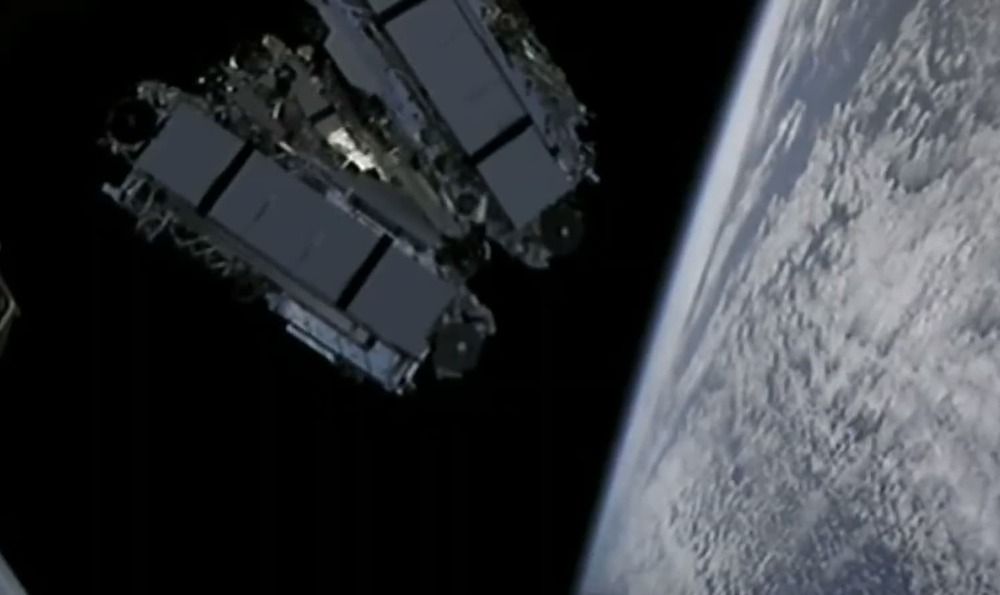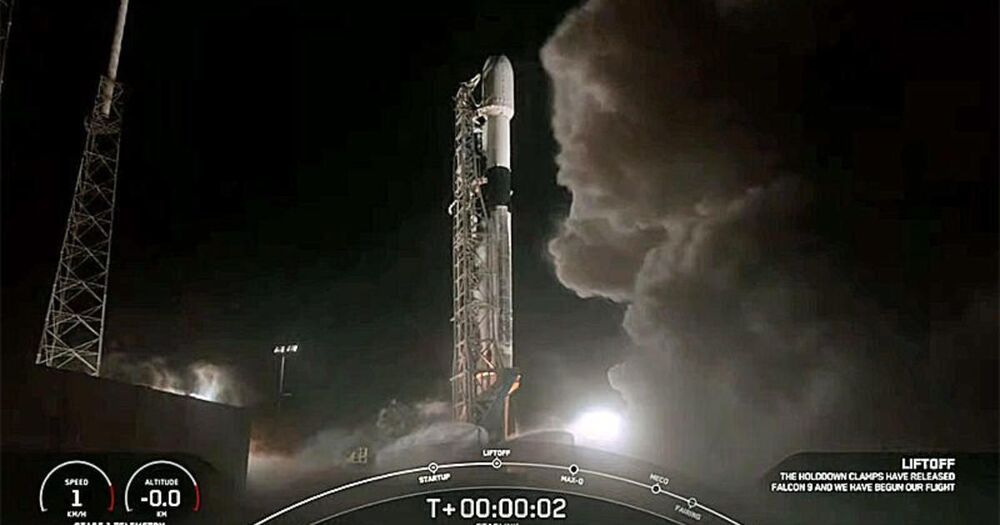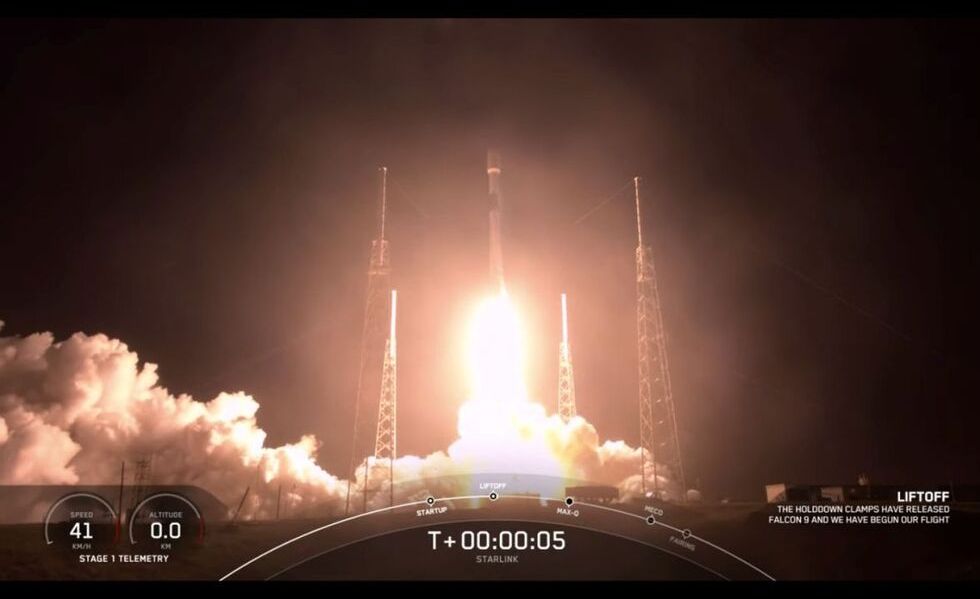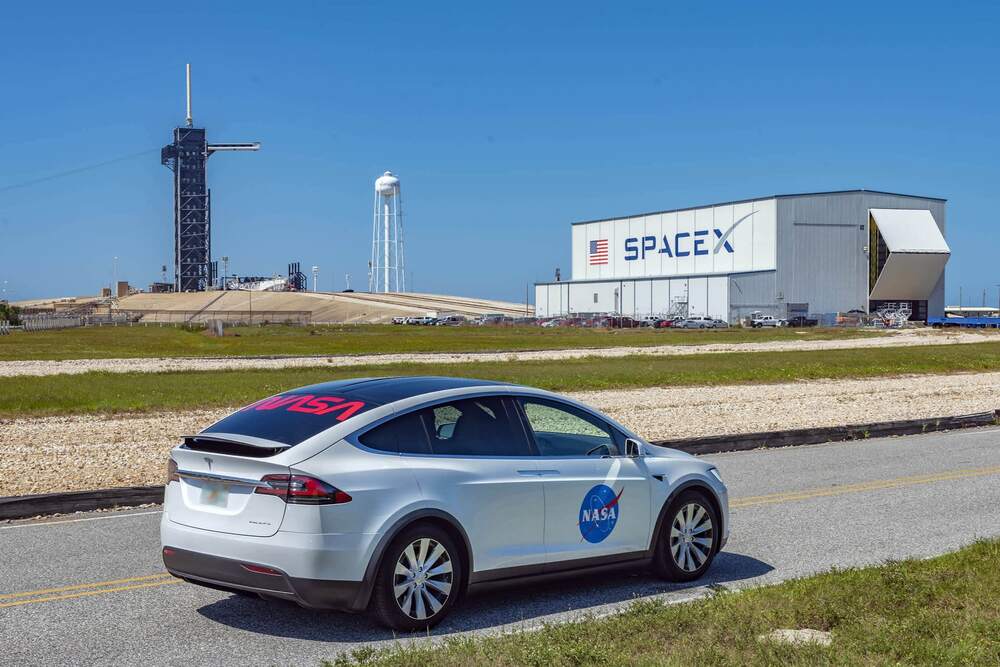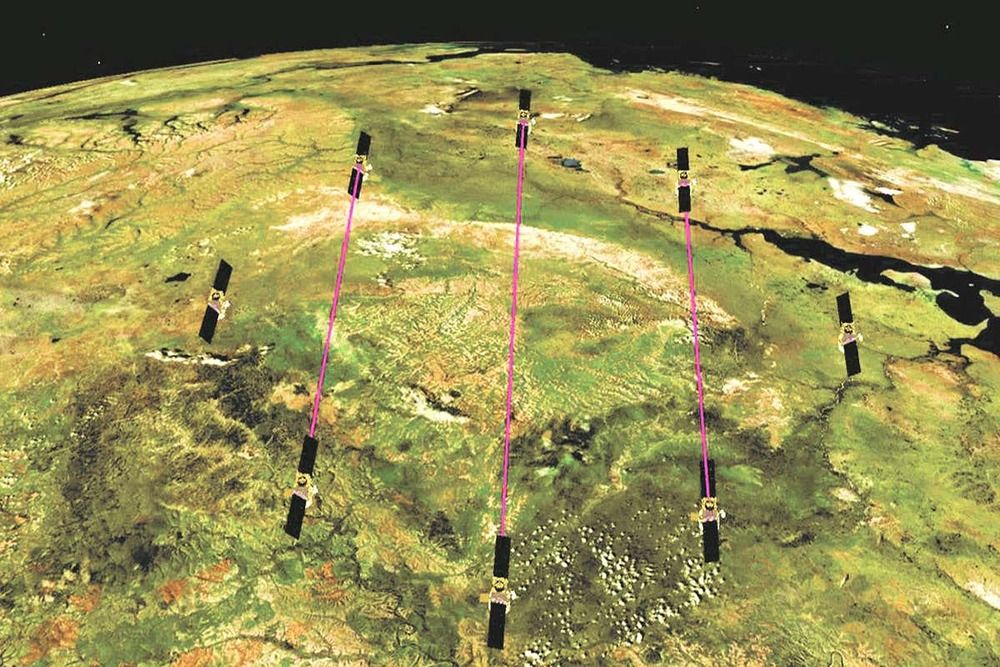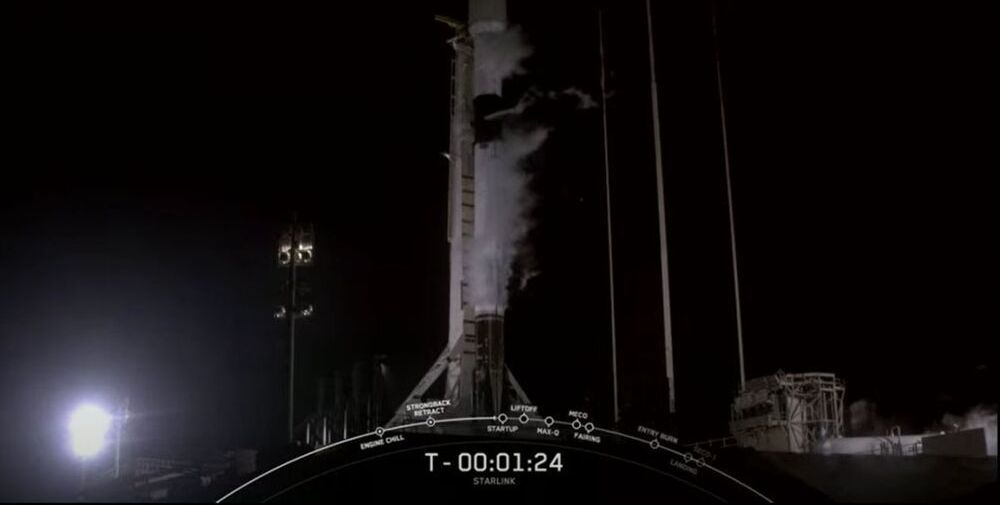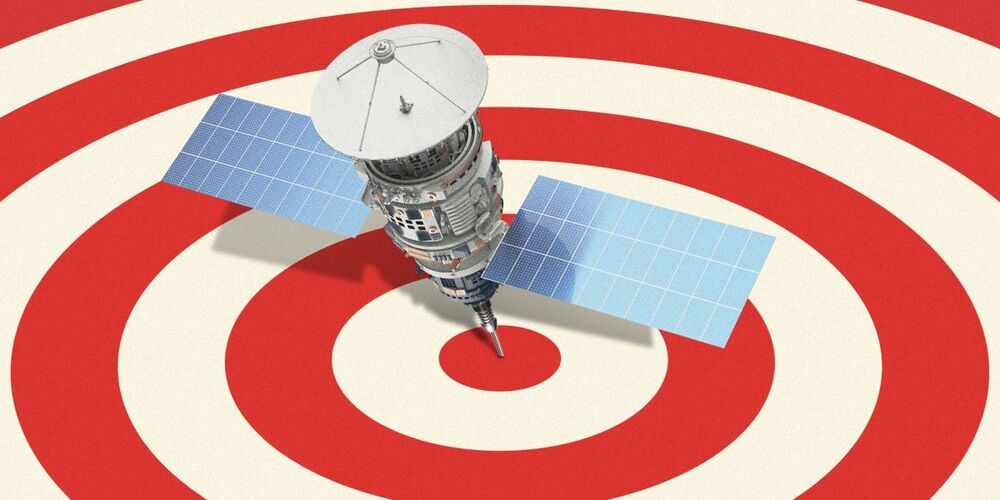Mar 13, 2021
SpaceX prepares for Air Force test connecting an aircraft to its Starlink satellite internet
Posted by Genevieve Klien in categories: Elon Musk, government, internet, satellites
Elon Musk’s SpaceX is preparing to further expand testing of its Starlink satellite internet in a test for the U.S. Air Force, an FCC request revealed.
Elon Musk’s SpaceX is preparing to further test its Starlink satellite internet in a demonstration for the U.S. Air Force, the company revealed in a recent request to the Federal Communications Commission.
“SpaceX seeks to make minor modifications to its experimental authorization for additional test activities undertaken with the federal government,” the company wrote to the FCC in a filing on Thursday.
